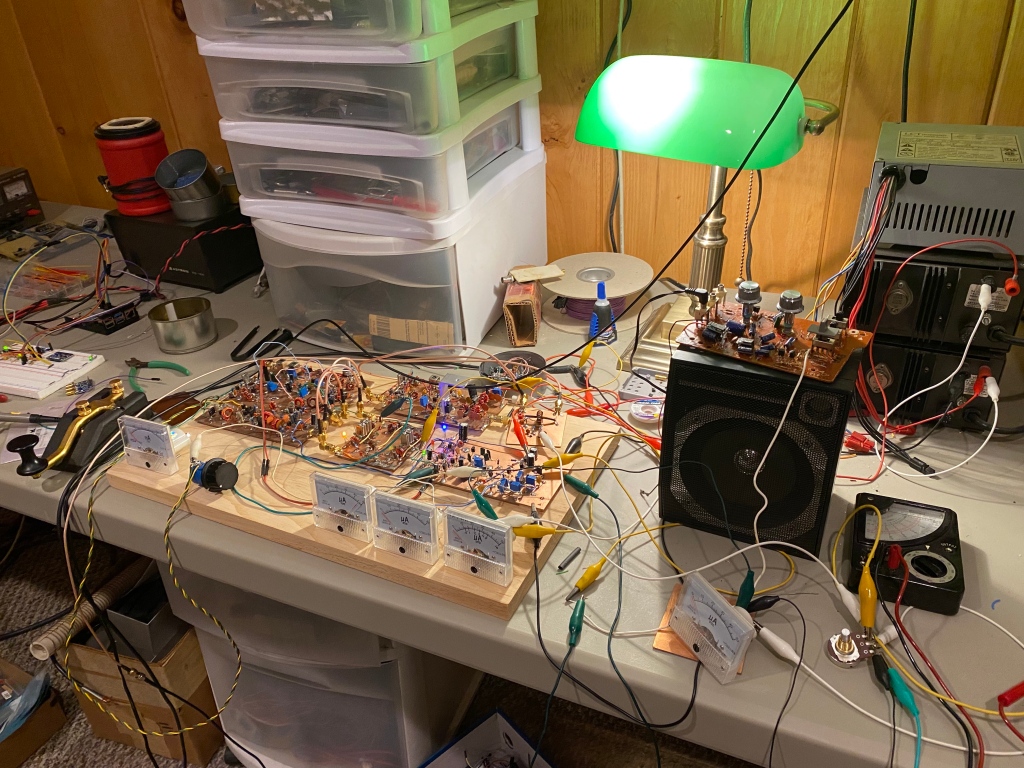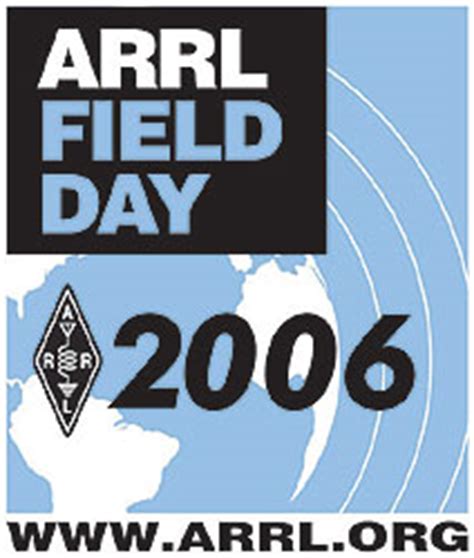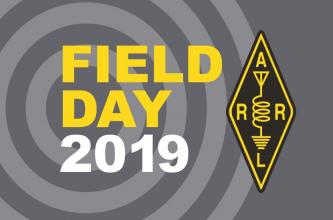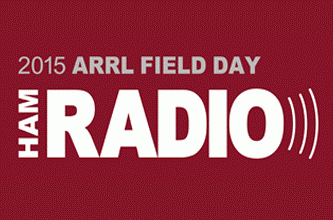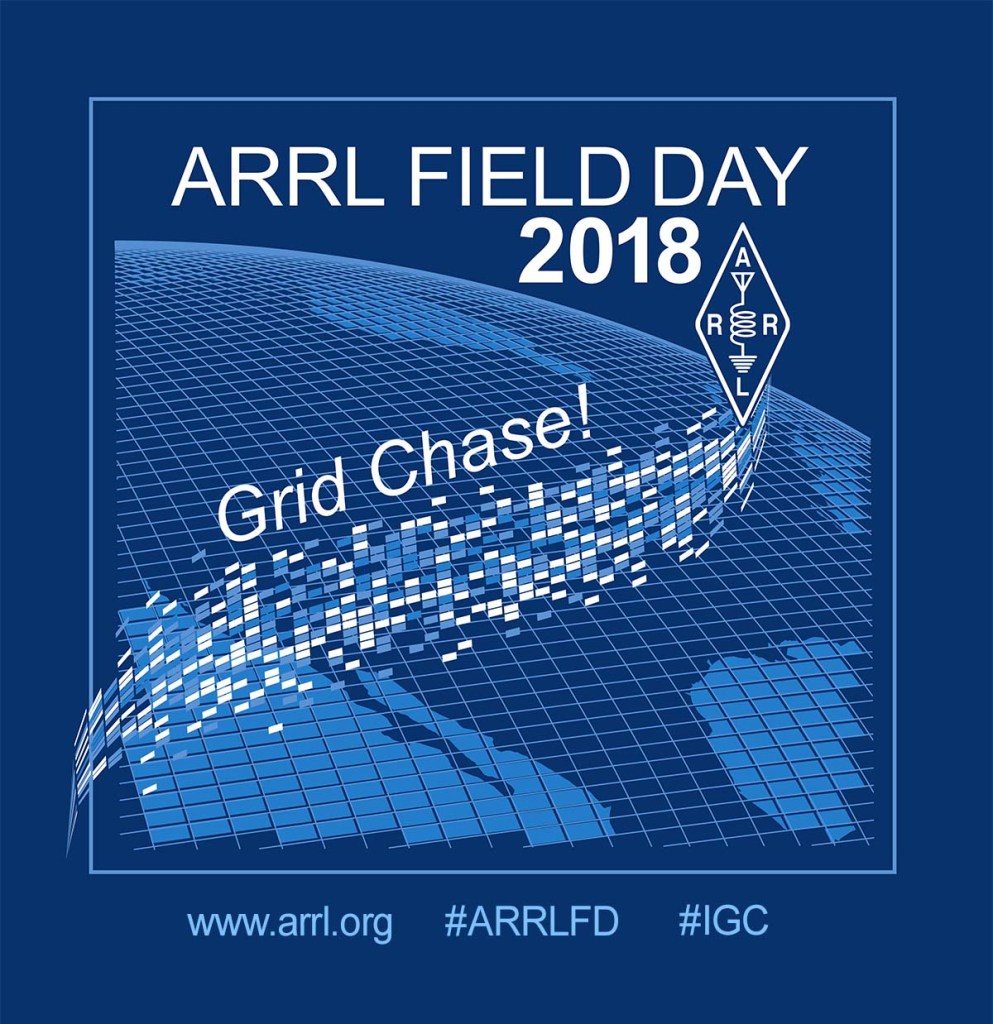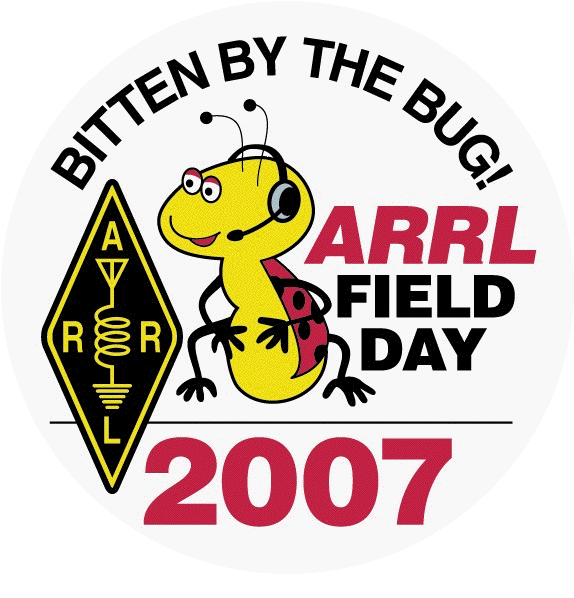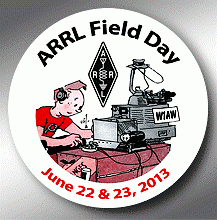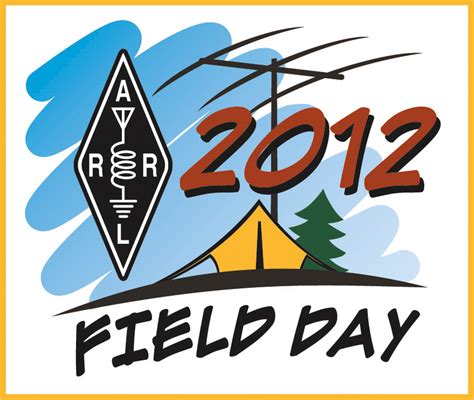This is the most difficult article I’ve ever had to write, not only because I lost a very good friend, but also because it’s so hard for me to put into words and express the impact this person had on my life and others.
I met Rob about 25 years ago. Rob lived in Philly working long hours programming minicomputers. He developed various medical issues and had to retire early, relocating to the Poconos here in Pennsylvania. He tended to be a night owl, sleeping all day and relentlessly pursuing amateur radio projects at night. We served at our struggling local ham radio club for several years, me as president, him as vice president. He joked his callsign should be VP4LIFE. Rob was an ever-present friendly voice on the local 2 meter repeater, welcoming beginners and having conversations with other night owls well into the morning. We spent many a night at Field Day, operating the CW station and we both substantially improved our CW skills over the years.
Rob and I tended to be mentors to each other. We frequently had multi-week email conversations going about projects. Rob would get interested in a topic and he’d call or email me. Rob always seemed to know the right questions to ask. I would research the topic and inevitably get interested in it. We went down many technical rabbit holes over the years, some going nowhere, others resulting in some sort of rig, circuit, or antenna. I would often wake up in the morning to one or several 10,000+ word emails with pictures showing what Rob was experimenting with. Rob never bought a few components for a project, he’d buy 1,000 of each, and stockpile the unused parts in case he wanted to build more of something or give the parts away to others. Our last major conversation was about making vacuum tubes from scratch, with him collecting the necessary tooling and materials to do this. We complemented each other well, with Rob having the energy, curiosity, and ability to create the spark, and me with the technical know-how to figure things out and fan the spark to become a fire. I can honestly say I am a better radio amateur and person today because of Rob.
I’m still in shock over the loss of Rob. I often see some neat project and think that I should email Rob, but realize he’s no longer around. I open my email each morning expecting to read a long diatribe about some late night experiments, but there is nothing there.
Robert Roomberg, KB3BYT, 63 years old, Silent Key. Dit dit.

This article was originally posted in Radio Artisan.
